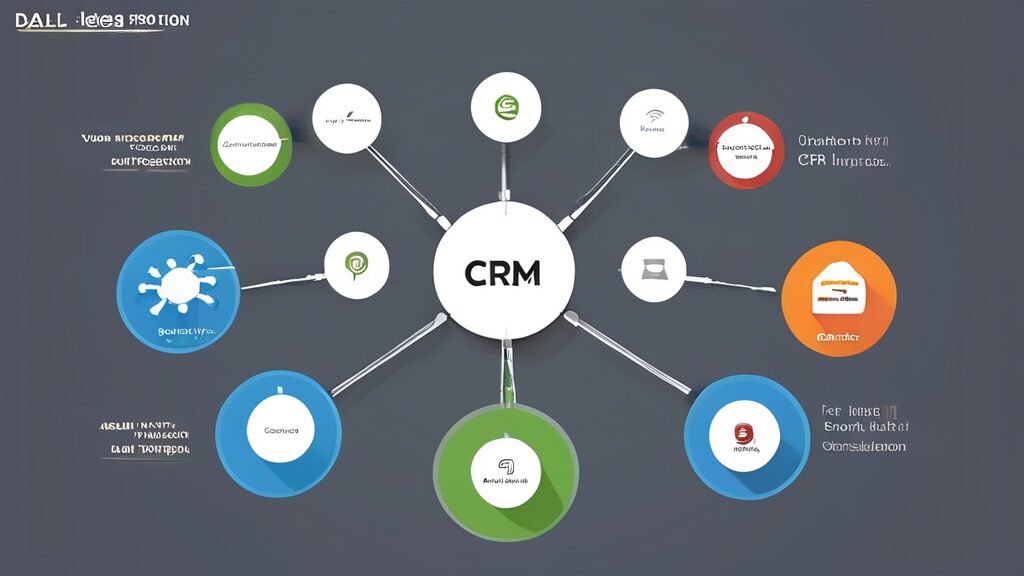What is CRM Integration?
CRM integration refers to the process of connecting your Customer Relationship Management (CRM) software with other business applications and tools. This creates a unified ecosystem where data flows seamlessly between different platforms, eliminating data silos and streamlining operations.
Benefits of CRM Integration
Integrating your CRM system with other applications offers numerous advantages:
- Enhanced Efficiency: Automating data transfer between systems reduces manual data entry, saving time and minimizing errors.
- 360-Degree Customer View: Consolidating customer data from various touchpoints provides a comprehensive understanding of your customers, enabling personalized interactions and targeted campaigns.
- Improved Collaboration: Integrating CRM with communication tools like email and chat facilitates seamless collaboration among team members and departments.
- Data-Driven Insights: Integrating with analytics tools allows you to gather valuable insights from customer data, leading to informed decision-making and strategic planning.
- Increased Productivity: Automating tasks and workflows frees up time for your team to focus on high-value activities, boosting overall productivity.
Common CRM Integrations
Several types of integrations can enhance your CRM’s functionality:
- Marketing Automation: Integrate your CRM with marketing automation platforms to streamline lead generation, nurture campaigns, and track marketing ROI.
- Email Marketing: Connecting your CRM with email marketing tools enables personalized email campaigns and automated follow-ups.
- Customer Support: Integrating with helpdesk software ensures efficient ticket management, customer issue resolution, and improved customer satisfaction.
- E-commerce: Integrating with e-commerce platforms allows you to track customer purchase history, personalize product recommendations, and provide a seamless shopping experience.
- Social Media: Connecting with social media platforms enables social listening, sentiment analysis, and engagement with customers on social channels.
- Accounting and Finance: Integrating with accounting software streamlines invoicing, payment processing, and financial reporting.
How to Implement CRM Integration
Implementing CRM integration involves several steps:
- Identify Integration Needs: Analyze your business processes and identify areas where integration can improve efficiency and productivity.
- Choose Integration Tools: Select appropriate integration tools based on your specific requirements and budget. Options include native integrations, third-party integration platforms, and custom-built solutions.
- Data Mapping and Cleansing: Ensure data consistency and accuracy by mapping data fields between systems and cleansing data before integration.
- Testing and Deployment: Thoroughly test the integration to ensure seamless data flow and functionality before deploying it to your live environment.
- Ongoing Maintenance: Regularly monitor and maintain the integration to ensure optimal performance and address any issues that may arise.
Choosing the Right CRM Integration Solution
When selecting a CRM integration solution, consider the following factors:
- Compatibility: Ensure the integration solution is compatible with your CRM system and other applications.
- Features and Functionality: Choose a solution that offers the features and functionality required to meet your specific needs.
- Ease of Use: Opt for a user-friendly solution that is easy to set up and manage.
- Scalability: Select a solution that can scale with your business as your integration needs grow.
- Security: Ensure the solution provides robust security measures to protect sensitive data.
- Cost: Consider the total cost of ownership, including licensing fees, implementation costs, and ongoing maintenance expenses.


